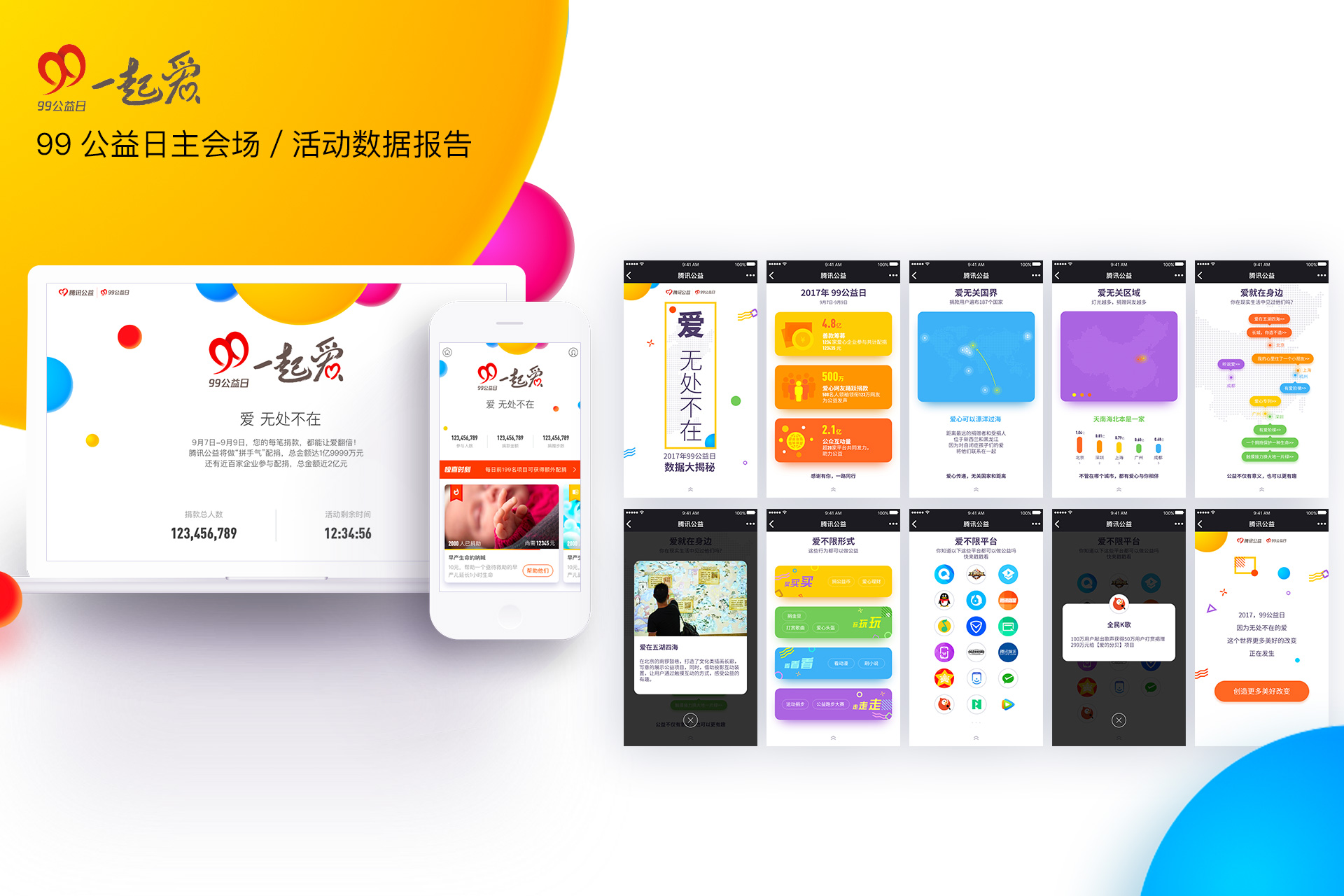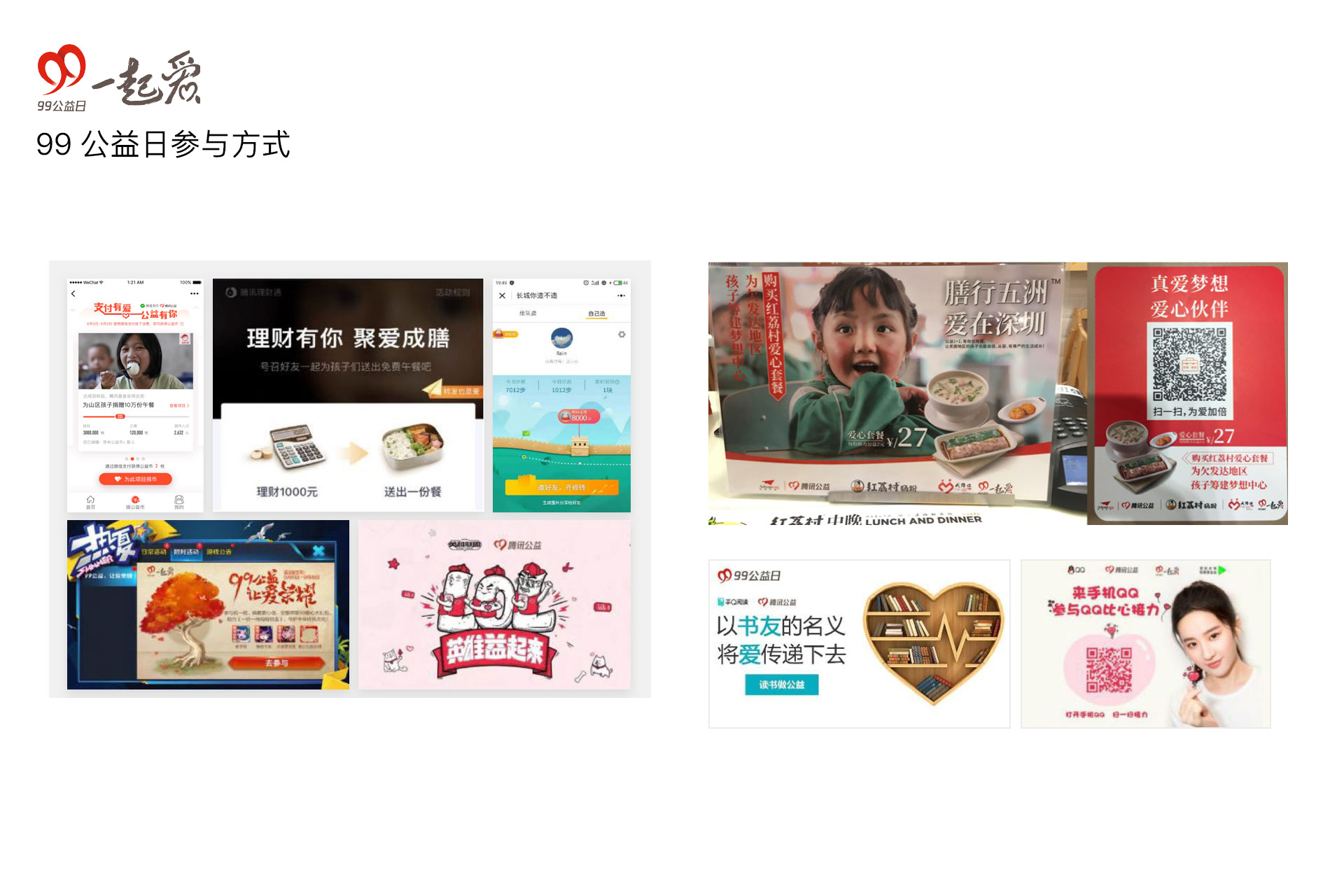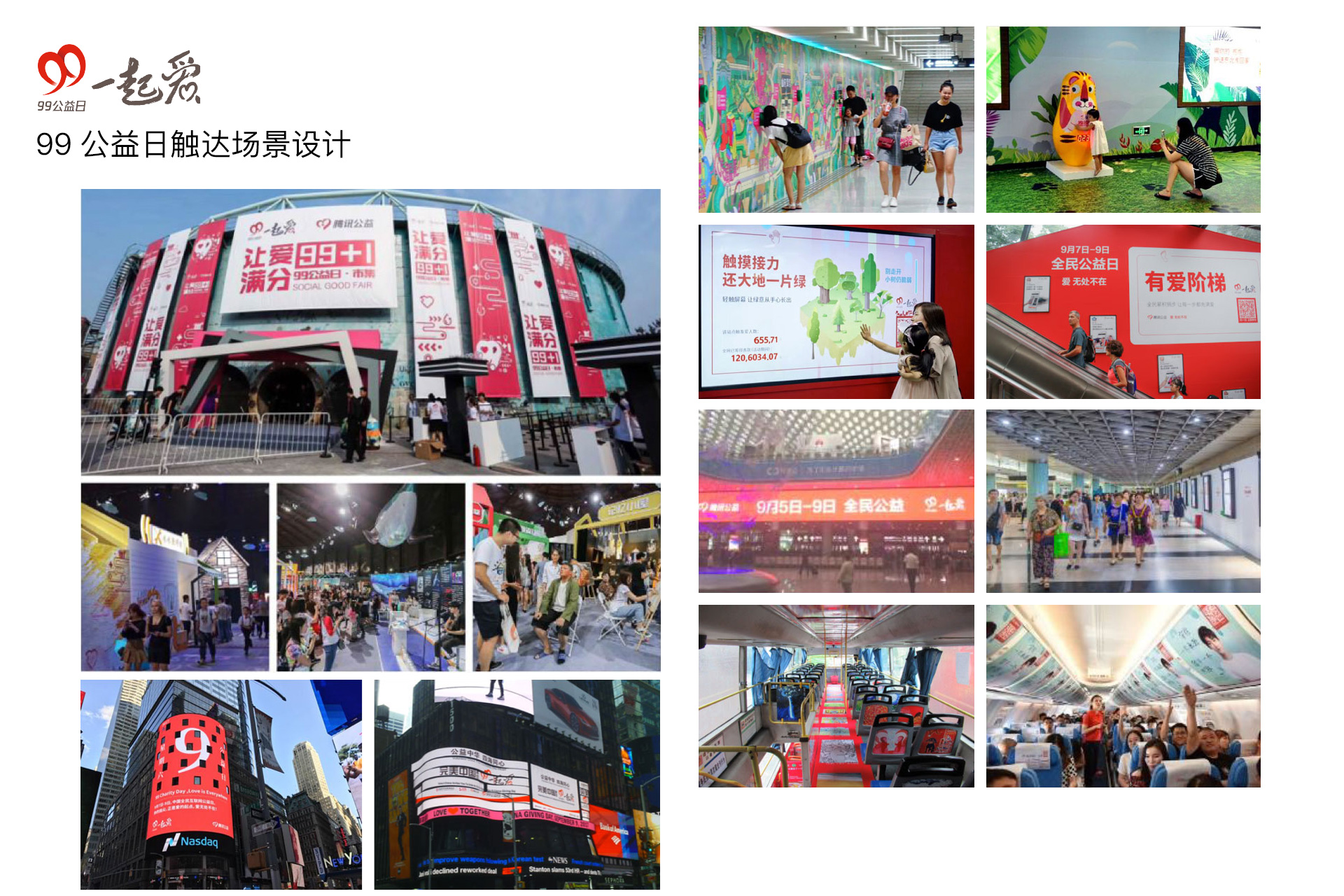-
 Feng Changrui
Tencent
Senior Designer
Feng Changrui
Tencent
Senior Designer
Improving sharing rates - "mutually beneficial" scene design between users and products
"Family photos", "new year's bills", "personality test" …… Our Circle of Friends is being flooded more and more frequently, and it has gradually become an important means for product teams to promote brand concepts and improve transformation. The balance between users' perception experiences and brand transmission has become a new topic.
During last year's "99 public welfare day", the Circle of Friends was flooded by "children's gallery", which is a popular and hot H5 jointly launched by Tencent public welfare team and "WABC ". The law behind the screen flooding can be traced. The keynote speaker will start from this, and discuss with you how to create "mutually beneficial" scenes between users and products, users get added value and brands are spread as well.
Specific design methods this speech combines with Tencent public welfare cases:
I. Innovation of reach scenes: brand reach is ubiquitous
Expand the information reach scenes, and spread the 99 public welfare day online through product cooperation to more original user groups of products. In addition, expand offline meeting places, set up offline venues, and make up for the shortcomings of previous offline communications.
1. Set up off-line meeting places in public transport sites and squares with relatively dense crowds in Beijing, Shanghai, Guangzhou, Shenzhen, Chengdu and Hangzhou, etc., and reach the public through multi-dimensional and multi-level interactive ways such as "listening, hugging, touching and walking";
2. Set up themed flights, themed public transportation and themed high-speed rail exhibition halls for the 99 public welfare day, and release the activity information of the 99 public welfare day in major transportation sites, which is exposed to more than 200 million person-time in total;
3. Create the first creative, scientific scenarized public welfare bazaar full of cultural senses, hold public welfare concerts, expert seminars, student band performances, public welfare talks, handicraft creations and charity bazaars and other civic activities, attracting nearly 20,000 people to interact on the spot.
II. Innovation in the forms of participation: offline behaviors + online quick feedback
All kinds of behaviors in life create public welfare scenes of products, which attract users of original products to participate in them through simple forms of participation, offline behaviors trigger online feedback, and then innovate participation scenes.
1. Consumption - buy, buy buy (donate public welfare currencies, loving wealth management, loving repayment )
2. Entertainment - play , play and play (donate golden beans, give rewards to songs, loving head portrait frames)
3. Reading - look, look and look (donate reading time, watch public welfare live broadcasts)
4. Sports - walk, walk and walk (do sports to donate steps, public welfare running contests) and other various forms of play
III. Innovation in the forms of expression: interesting contents and sharing beauty
No longer describe from the perspective of seeking, try to present to users in equal and interesting forms of content expression.
1. Clay animation + rap, create a stylish Circle of Friends, and raise money for H5
2. The hot children's gallery H5 in the Circle of Friends is not consumption misery, but sharing beauty.
Summary of "mutually beneficially" methodologies:
1. Perception of "mutual benefit" between users and products;
2. The real contents shared by users;
3. The "premium" of products to users.
1. Warm-up: self-introduction, listeners' interaction
2. Case introduction: the scene innovation designs of reach, performance and participation ways of Tencent's public welfare
3. Theory introduction: "mutually beneficially" scene designs
4. Participants are divided into groups to practice scene designs according to the selected topics.
5. Make speeches in groups and elaborate storyboards and design ideas
6. Q&A interaction
1. Product managers
2. operation designers
3. Visual designers
4. Design students
1. Learn about the purposes and methodologies of "mutually beneficially" scene designs
2. Find the design entry points suitable for the current projects, and improve the active sharing rate of users
3. Learn about the interior "mutually beneficially" scene design process of Tencent CDC
-
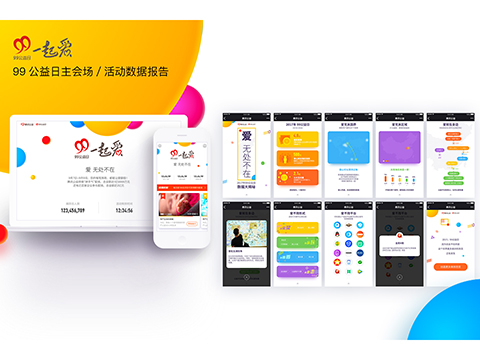 冯昌瑞 - 99公益日线上主会场设计&数据报告
冯昌瑞 - 99公益日线上主会场设计&数据报告
-
 冯昌瑞 - 99公益日参与场景设计
冯昌瑞 - 99公益日参与场景设计
-
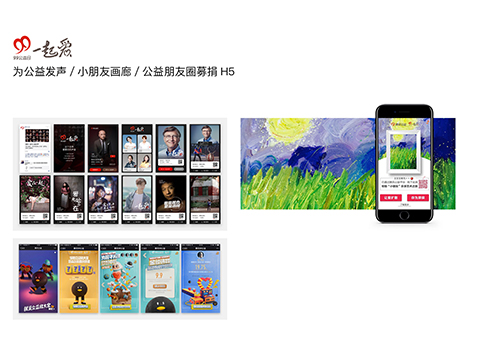 冯昌瑞 - 99公益日表达形式设计
冯昌瑞 - 99公益日表达形式设计
-
 冯昌瑞 - 99公益日场景触达创新
冯昌瑞 - 99公益日场景触达创新






